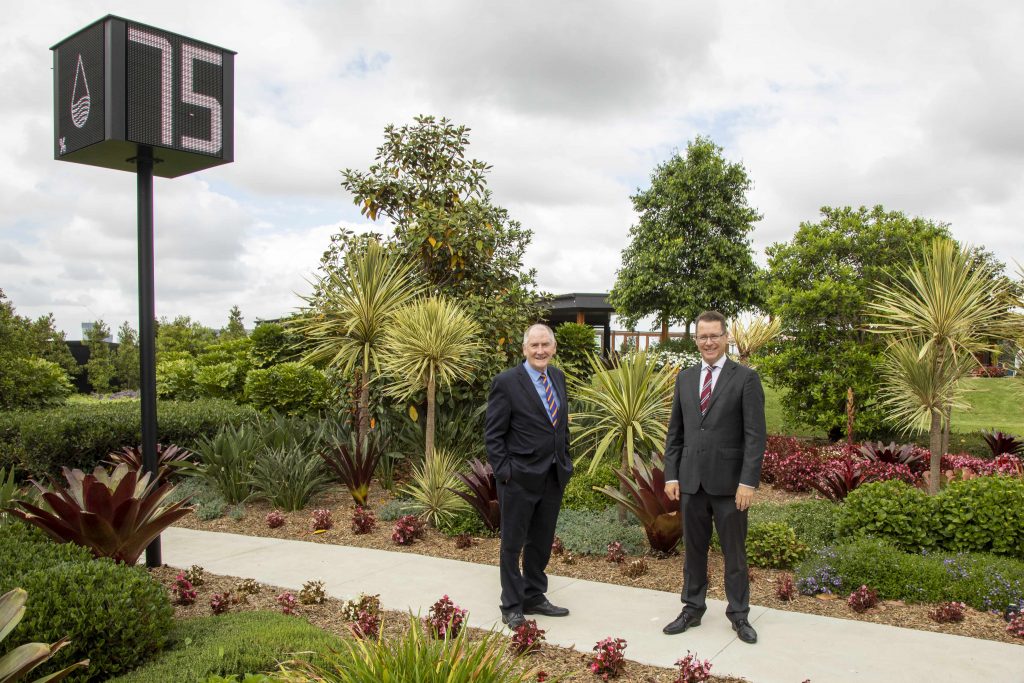A New cutting-edge initiative by the City of Parramatta will change the way new Australian suburbs and cities are designed, constructed, and managed in the future.
Council has launched the new initiative as a blueprint for ‘smarter’ future suburbs. The rollout of state-of-the-art technology across a 25ha development site in Melrose Park will provide an immense amount of feedback from the site.
More than 70 environmental sensors will monitor and collect data on local conditions, including
temperature, humidity, air quality, noise, and stormwater, as the area is redeveloped.
The information gathered will be analyzed and used to understand the impacts of development on the area and will improve the area’s livability in the long term. It will also inform the council on future planning for other new areas.
The collaborative smart project is a first for Local Government in Australia.
“We are not only creating the Central River City, but we are also creating a great Australian city that people want to live, work, and invest in,” City of Parramatta Lord Mayor Cr Bob Dwyer said.
“By using state-of-the-art technology to monitor the environment in and around Melrose Park throughout the construction process, we will be able to make more informed decisions in the planning of future suburbs.”
The $1.142m project, which has been delivered in partnership with property developer PAYCE and the University of Technology Sydney (UTS), received a $571,000 grant from the Australian Government as part of the Smart Cities and Suburbs Program.
Other project partners include M Projects, The Urban Institute, and ESRI Australia.
Environmental sensors
In addition to the environmental sensors, a buoy has been placed in the Parramatta River at Ermington Bay to monitor water quality.
A digital windsock, which displays real-time local weather data including wind speed, temperature, humidity, air quality, noise, rainfall, and UV index data, has been installed in the area. Information is also available via a community dashboard on the Council’s website.
The findings and lessons learned from this project have been published in a Blueprint for Climate Responsive Neighbourhoods.
“What we learn from the data collected throughout the construction process at Melrose Park will serve as a blueprint for future developments,” Cr Dwyer said.
“It’s a smart approach to managing the growth of a Smart City and has the potential to be applied to other locations and development precincts.”
UTS Institute for Sustainable Futures Senior Research Consultant Andrew Tovey said the project was one of national significance.
“The close collaboration with City of Parramatta, PAYCE, and the local community gave us a really unique view of the benefits and challenges of implementing smart sensor technologies on and around an urban development site,” Mr. Tovey said.





